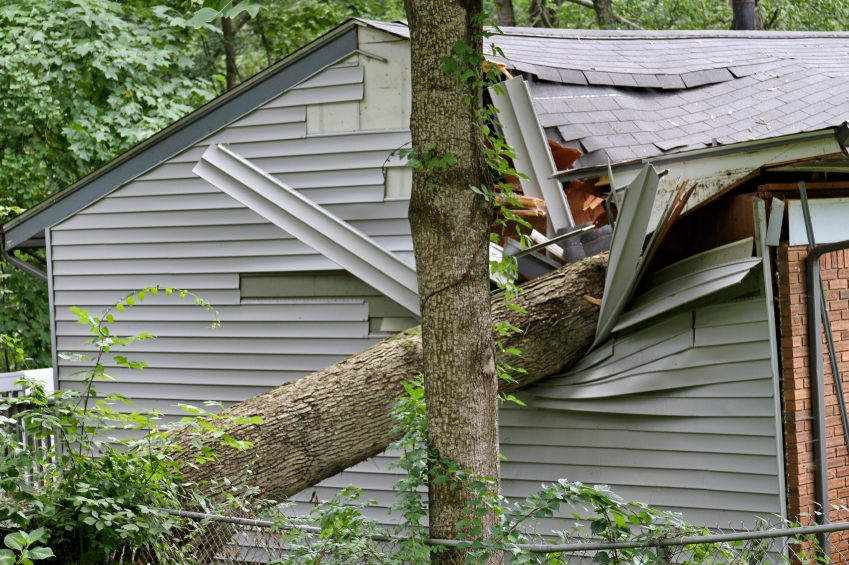What do you do after storm damage? Severe weather can have a lasting impact on your home and the trees in the surrounding landscape. Tearing winds and penetrating rains work together, softening soils and overturning trees. Lightning strikes generate heath that vaporizes water within the tree, causing wood to split and bark to explode.
During a storm, the failure of part or all of one mature tree may cause significant damage to a property. What do you do after a storm damages your tree? How can you respond safely and quickly – getting your life back in order in a timely manner?
Assess the storm damage
Evaluate your trees carefully by asking the following questions:
- Are major limbs still remaining and the trunk unbroken?
- Are at least 50 percent of the tree’s branches still intact?If you answered yes to these questions, there is a good chance for complete recovery.
For assistance in evaluating tree damage, contact Complete Tree Care & Landscape, LLC today!
Take safety precaustions
It is important to consider the potential hazards associated with working on and around storm damaged trees:
- Storm-damaged trees may be in contact with electrical wires; direct or indirect contact can cause injury or death by electrocution.
- Broken limbs dangling overhead in trees or on roofs may fall and lead to injury or death.
- Trees and limbs under tension may react unexpectedly when cut. Death or injury may occur if these forces are not accounted for.
- Removing trees or branches in close proximity to electrical lines or structures requires knowledge and experience. Mistakes can be costly, causing property damage, injury, or death.
Resist the urge to do it yourself
You may be tempted to begin clean up and remove downed limbs and debris yourself. If large limbs are broken or hanging, or if a ladder or overhead chain saw work is needed, it’s a job for a professional arborist.
Hire an ISA Certified Arborist
Professional arborists have the experience and equipment needed to safely and efficiently remove or prune severely damaged trees and haul away unwanted woody debris. Many professional arborists choose to pursue certification through the International Society of Arboriculture (ISA). An ISA Certified Arborist has demonstrated a high level of knowledge and experience in tree care and continues to further his or her professional development through continuing education and training. A Certified Arborist can help you assess the extent of the storm damage caused by a storm and help you decide what action is appropriate.



